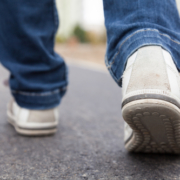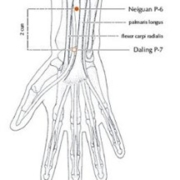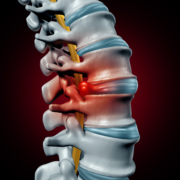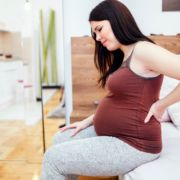How Sugar Is Detrimental To Your Health
Most people now acknowledge just how bad sugar is. The problem is, many are not willing to give it up. The evidence is clear though, over the last three decades chronic disease like diabetes, cancer, and heart disease have grown exponentially in occurrences that correlate strongly with Americans’ ever-increasing intake of sugar. But while this may not be new information, people are still unwilling to make the changes necessary – even with the threat of poor or worsening health (and even death) hanging over their heads.
One of the problems is that it is very difficult to get away from. Pick up almost any product on your grocery store shelves and read the ingredients. Sugar is there most of the time.
It is found in most processed foods including spaghetti sauce, salad dressings, dried fruit, fruit juices, even so-called “healthy” foods like frozen quinoa blends and “diet” frozen dinners. Sugar is everywhere and people are consuming it without even realizing that they are doing so.
Sugar is Addictive
Again, this is not new information, but many people don’t realize just how addictive sugar really is. One research article compared sugar addiction to drug addiction. The authors even went so far as to say sugar is as addictive as cocaine (or more so).
There is strong evidence to support this; sugar does affect a person at the neurobiological level. It activates the brain’s reward center, similar to what drugs do. Regular exposure provokes cravings similar to drug addiction and withdrawal symptoms when it is stopped.
The real problem here is that it is 1) legal, and 2) available for anyone to purchase- even children. In fact, there is a huge push to market sugar to children through heavily sugared cereals, drinks, and snack foods.
The children want it because they saw it on TV, the parents buy it, and the children end up cognitively impaired, obese, and chronically ill. It’s time to start connecting the dots and making significant changes in not only what we eat, but what we feed our children.
But Why is Sugar so Bad?
In its pure form, right out of the sugar cane, the juice has nutritional properties. However, all of that nutrition is destroyed when it is processed and refined as sugar (even “raw,” turbinado, and other forms – it’s still sugar). It becomes something that may be edible, but isn’t really food. It is just a substance with absolutely no nutritional value – but lots of potential for damage.
The moment sugar enters your bloodstream your body begins secreting insulin. Insulin is produced in the pancreas and its function is to regulate sugar in the blood, to keep it balanced. When you overwhelm your body with sugar it keeps producing more and more insulin. A diet that is high in sugar can result in insulin resistance which can lead to obesity, diabetes, high blood pressure, and other dangerous conditions.
The more sugar you consume, the harder your body has to work to process it. It gets stored in the liver, leading to a fatty, enlarged liver, high glucose levels, and even affect the function of your organs including your kidneys. If you have conditions like heart disease, diabetes, or high blood pressure, the risk of damage to your organs is increased even more.
High glucose levels have also been linked to impaired cognitive function, loss of memory, depression, and anxiety as well as an increased risk of dementia. It can cause difficulty in concentration and the inability to focus or stay on task.
The solution here is to avoid sugar or make low sugar choices. Read labels! Take the time to think about what you are putting into your body and how it will affect you. If you make a conscious effort to reduce your sugar intake, over time your body will stop craving it.





 morning sickness, indigestion or motion sickness, PC-6 is your point! This point is also a command point of the chest, which means it is great at treating palpitations, chest tightness and acid reflux. It is also used in combination with other points in most anxiety treatments. This acu point is found on the inside of the wrist, two thumb breadths below the wrist line and between the two tendons. Many people may have seen “anti-nausea” wristbands which actually just use acupressure on PC-6 to resolve symptoms!
morning sickness, indigestion or motion sickness, PC-6 is your point! This point is also a command point of the chest, which means it is great at treating palpitations, chest tightness and acid reflux. It is also used in combination with other points in most anxiety treatments. This acu point is found on the inside of the wrist, two thumb breadths below the wrist line and between the two tendons. Many people may have seen “anti-nausea” wristbands which actually just use acupressure on PC-6 to resolve symptoms!




